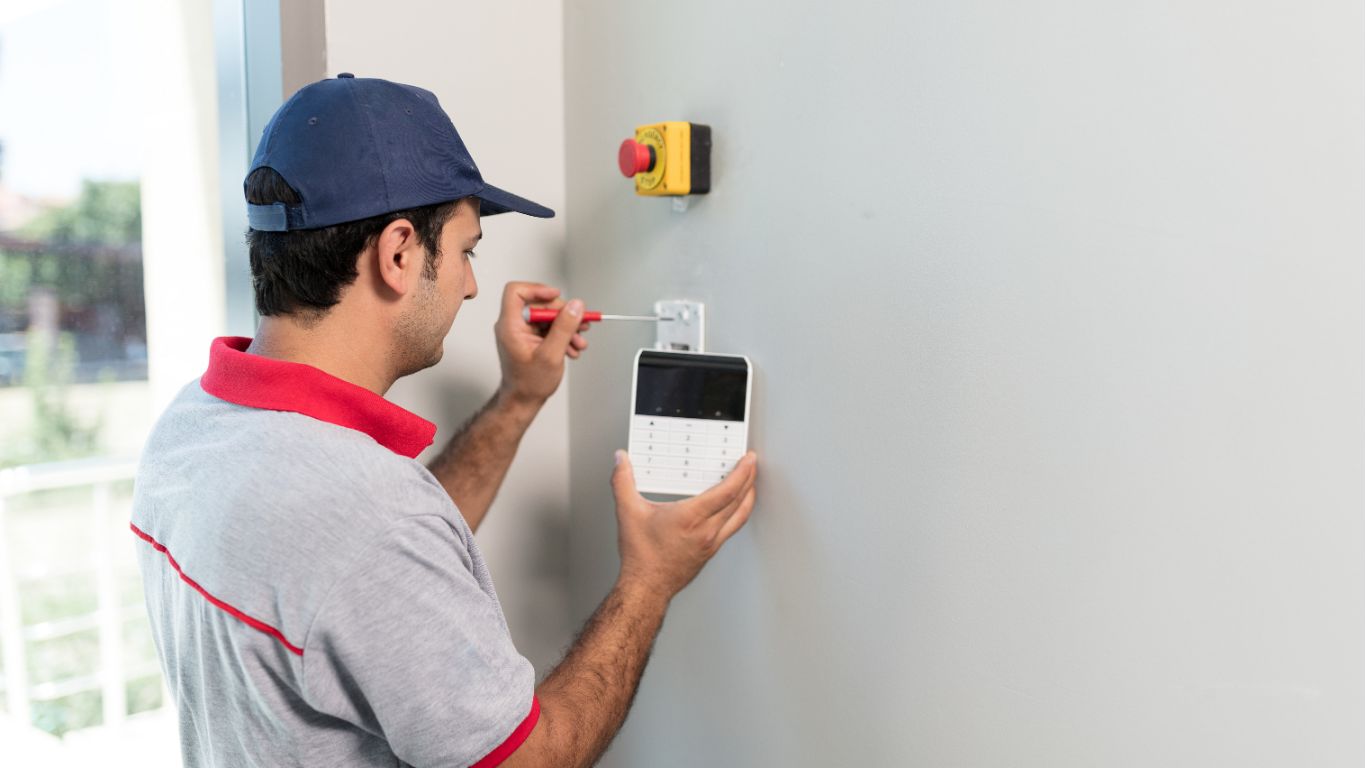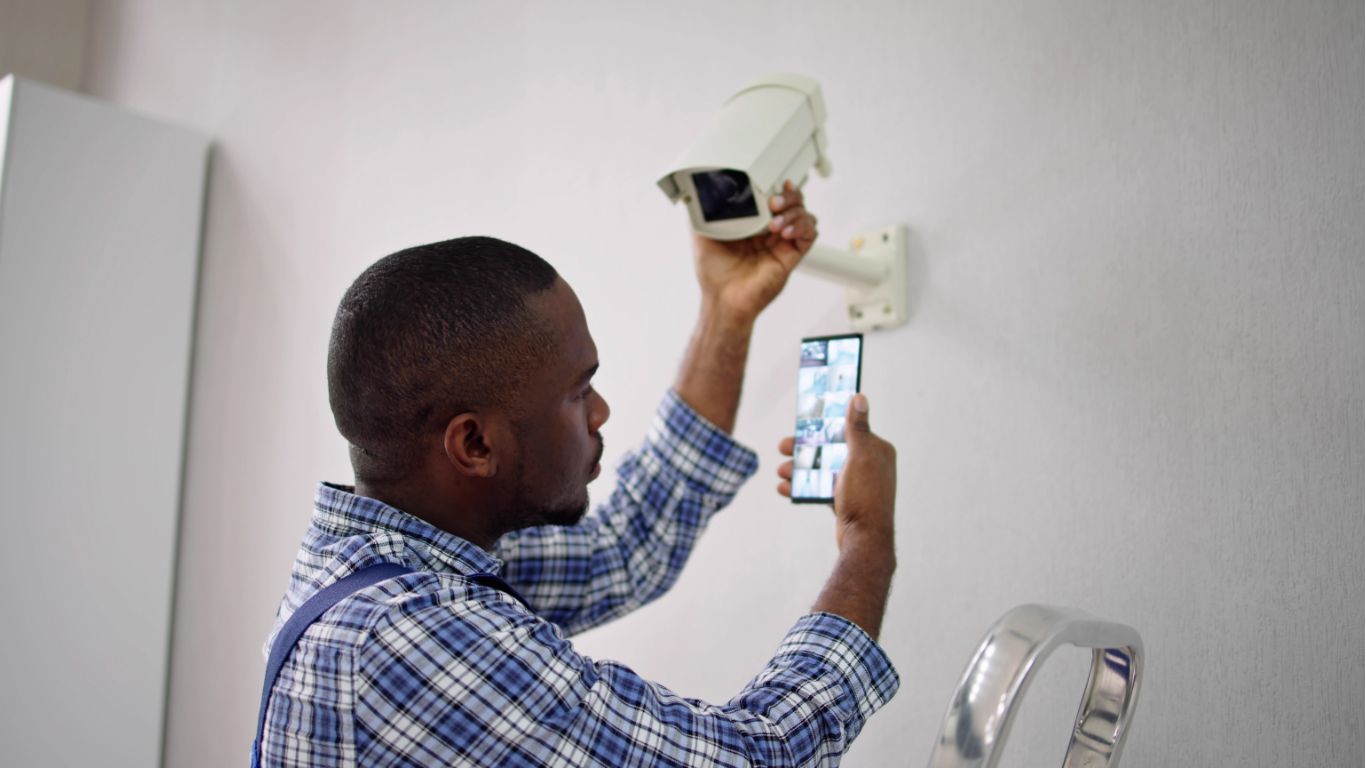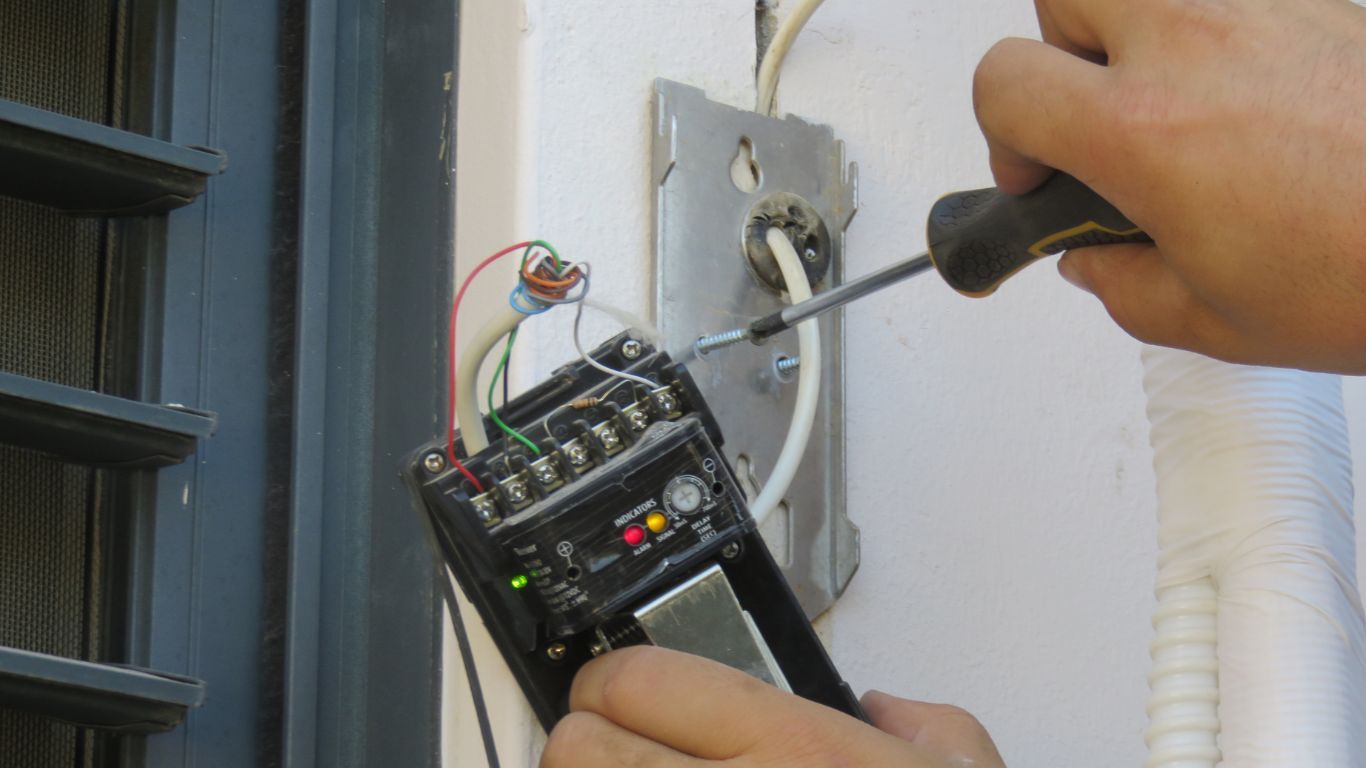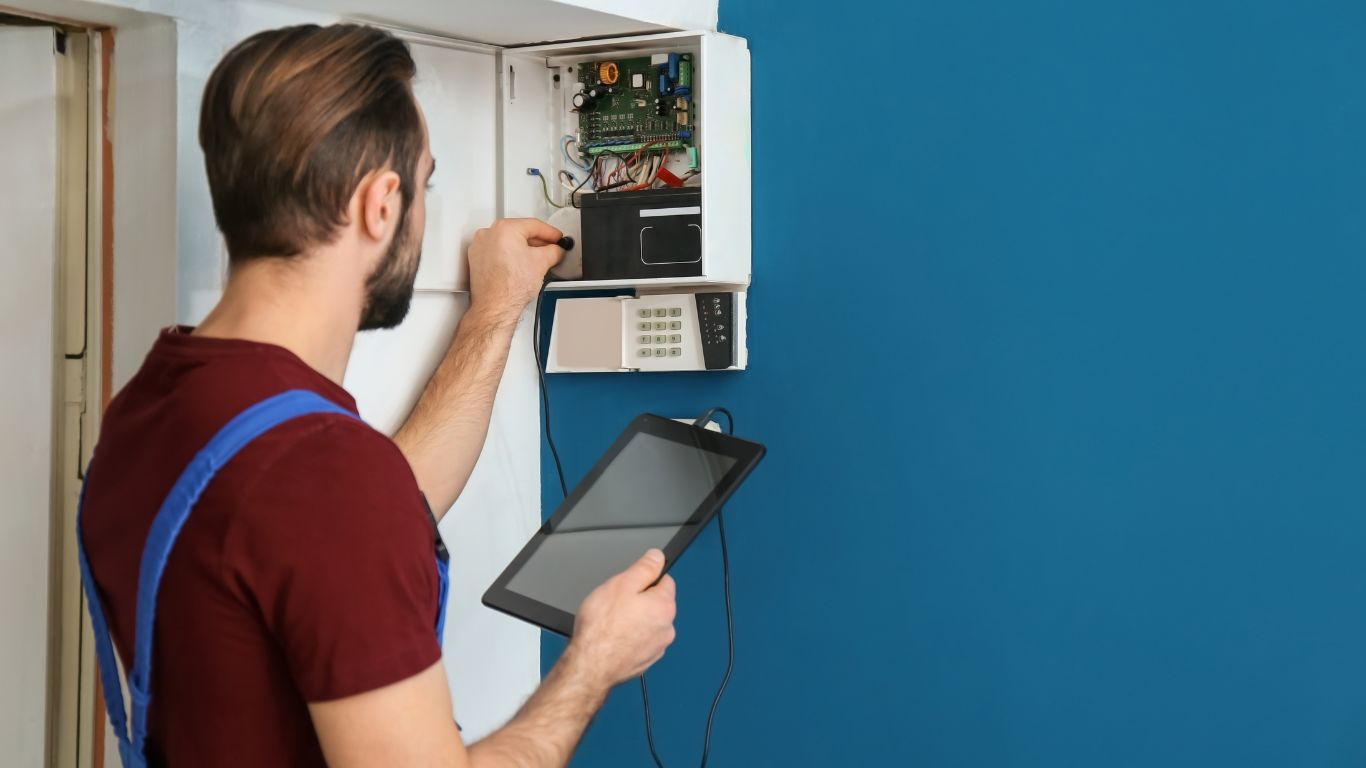Planning an Access Control Installation: What Every Building Owner Should Know
Building security has evolved far beyond simple locks and keys. Whether you manage a small business, a multi-tenant apartment complex, or a commercial facility, you’ve likely encountered the growing need for a smarter, more scalable way to manage entry and access.
That’s where access control systems come in—and more specifically, access control installation that’s thoughtfully planned and expertly executed.
At EZ Switch, we help property owners across New York City and Long Island design and install intelligent, user-friendly systems tailored to their unique spaces. But what many people don’t realize is that the success of any access control system starts before installation—with careful planning, goal setting, and system selection.
If you're exploring options, this guide breaks down everything building owners and property managers need to know about planning an access control installation—from the technical considerations to the practical decisions.

Why Access Control Systems Are Replacing Keys
Access control systems give you more than just security—they provide centralized control, accountability, and operational efficiency that traditional locks simply can’t match.
Key Benefits:
- Restrict who can enter specific areas
- Track entry logs for audits and investigations
- Remotely control access via phone or web
- Eliminate the need to rekey doors
- Grant or revoke access instantly
Modern systems also integrate with other security components like cameras, intercoms, and alarm systems—creating a full ecosystem that keeps your property protected and easier to manage.
Want to learn more? Explore EZ Switch access control installation services for a closer look at what's possible.
Step 1: Define Your Goals and Challenges
The first step in planning an access control system is identifying what you’re trying to solve. Without clear goals, you risk overspending on features you don’t need—or installing a system that doesn’t do enough.
Common Goals:
- Eliminate the cost and hassle of rekeying doors
- Control who can access restricted areas
- Improve tenant or employee safety
- Track who enters and exits for legal compliance
- Integrate entry with video intercoms or alarm systems
During your initial consultation with EZ Switch, we walk you through these priorities to recommend the right system—not just any system.
Step 2: Map Out Entry Points and User Flows
Once your goals are clear, it’s time to break down how people use your space.
Create an Entry Inventory:
- List every door, gate, or entrance you want secured
- Note if they are interior or exterior
- Identify who needs access to each door (e.g., staff, vendors, tenants)
- Define access times (business hours, 24/7, weekends only)
This audit helps us design the system around real-world use—not theoretical layouts.
For example, an apartment building may want 24/7 tenant access to the front lobby but restrict rooftop access to daytime only. Or an office might want IT staff to access server rooms, but restrict cleaning crews to shared spaces after hours.
EZ Switch uses this mapping process to build access control systems that are both secure and practical for daily operations.
Step 3: Choose the Right Credential System
“Credential” simply means how someone proves they’re authorized to enter. It’s one of the biggest factors in your access control system’s usability and effectiveness.
Common Credential Types:
- RFID Cards or Fobs: Simple, low-cost, easily replaceable—but can be lost or cloned
- Mobile Credentials: Access via smartphone app—convenient and secure, no physical item needed
- PIN Codes: Useful for short-term access—can be forgotten or shared
- Biometric Readers (Fingerprint/Face): High security, no credential needed—higher cost, may raise privacy concerns
Many buildings benefit from hybrid systems, like cards + mobile access, or PIN codes + video intercom for guests. We’ll help you assess what works best for your environment.
Learn more about options on EZ Switch’s access control installation page.
Step 4: Select a Hosting Model (Cloud vs. On-Premise)
Access control systems run on software—but where that software “lives” is a key consideration.
Cloud-Based Systems:
- Access from anywhere via browser or app
- Automatic updates and backups
- Lower up-front cost, billed as a subscription
- Ideal for properties with multiple locations or remote management
On-Premise Systems:
- Installed and maintained on local servers
- No monthly fees
- Requires in-house IT or technical support
- Often used in high-security or compliance-heavy environments
EZ Switch supports both models and can help you weigh the security, convenience, and cost tradeoffs for each.
Step 5: Consider System Integration Needs
Access control is strongest when it’s part of a complete security strategy. Integrating with other systems can improve safety and streamline property management.
Common Integrations:
- CCTV and Video Surveillance
- Intercom and Video Entry
- Intrusion Alarms and Panic Buttons
- Elevator Floor Restrictions
- Fire Alarm Overrides
- Visitor Management Systems
Our team specializes in designing fully integrated access systems, so everything works together seamlessly. See our integration options for details.
Step 6: Plan for Long-Term Management and Scalability
It’s not just about the doors. Your system should be easy to manage on a daily basis—and flexible enough to grow with your property.
Ask These Questions:
- How many users do you need to manage now?
- Will this number increase in the next 1–3 years?
- Do you need to issue temporary or timed credentials (e.g., vendors, visitors)?
- Who will be responsible for adding/removing users?
- Do you need to generate audit logs or reports?
EZ Switch installs systems with user-friendly admin dashboards, including multi-site management if you have multiple buildings.
Step 7: Understand Installation Logistics and Timeline
Knowing what to expect during installation can reduce disruption and help you prepare your team.
Typical Installation Timelines:
- 1–5 doors: 1–2 business days
- 6–20 doors: 3–5 business days
- Complex sites or integrations: 1–2 weeks
We work closely with building management and tenants to ensure smooth, non-disruptive installs. All cabling, hardware, and testing are handled in-house by EZ Switch’s certified technicians.
Step 8: Calculate Total Cost and Budget
Access control installation is a custom service, so prices can vary. However, understanding the cost drivers will help you plan your budget.
Pricing Factors:
- Number of doors
- Credential type (card, mobile, biometric)
- Cloud vs. on-prem hosting
- Integration needs (video, alarm, intercom)
- Wiring and network access
- User licenses or software subscriptions
We offer transparent, detailed estimates—no surprise fees. Schedule a free consultation to get a quote tailored to your building’s size and needs.
Step 9: Train Your Team on System Use
Once the system is installed, the real value comes from how well it’s used.
EZ Switch provides:
- One-on-one or group admin training
- Walkthroughs of remote access and permissions management
- Emergency procedure setup (e.g., lockdown mode)
- Instruction on credential distribution
- Ongoing phone/email support as needed
We empower your team to manage access confidently—without needing to be IT experts.
Step 10: Partner With a Reliable Access Control Provider
The most important decision? Who you work with.
EZ Switch is the trusted choice for access control installation in NYC and Long Island. We’ve earned that trust by offering more than just hardware—we bring:
What Sets Us Apart:
- Experienced, local installation teams
- End-to-end support from planning to long-term maintenance
- Advanced technology that integrates and adapts
- Quick, real-person support when you need it
- Custom solutions—no cookie-cutter installs
From small businesses to high-rise buildings, we’ve helped clients across industries build access systems that actually work—today and years from now.
👉 Learn more about EZ Switch access control systems
Final Thoughts: Plan Smart, Install Once
Access control isn’t something you want to patch together. When planned properly, it becomes one of the most powerful tools in your property management toolkit—reducing risk, simplifying operations, and improving safety for everyone who walks through your doors.
Here’s what to remember:
- Start with clear goals and real-world use cases
- Choose credential and hosting types that fit your building
- Consider integrations with your full security infrastructure
- Work with a team that helps you plan, install, and evolve
Want help getting started?
👉 Contact EZ Switch for a free consultation.
Let us help you design and install an access control system that gives you real control—without complexity.
Leave A Comment
Search Post
Recent Posts
Share This Article








